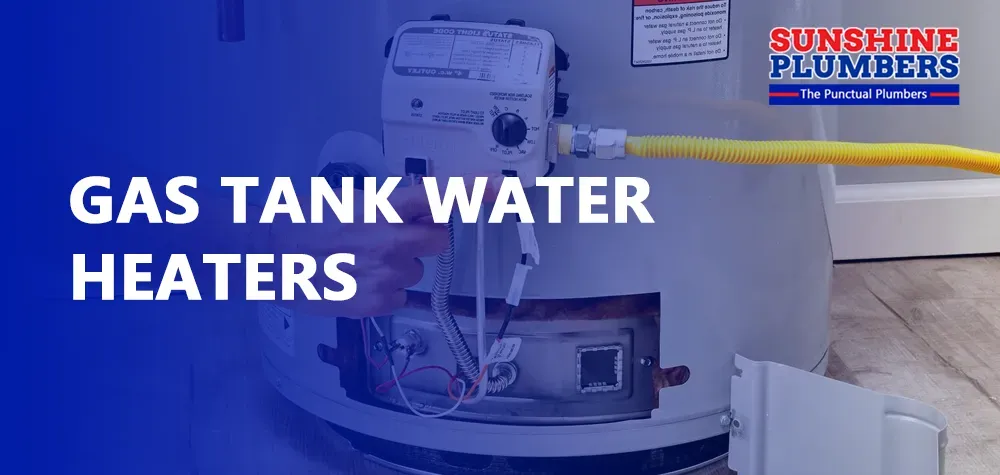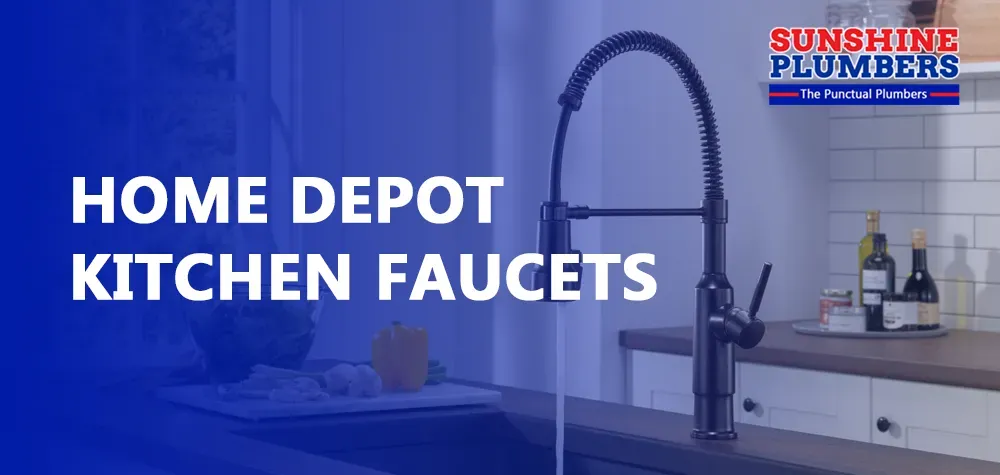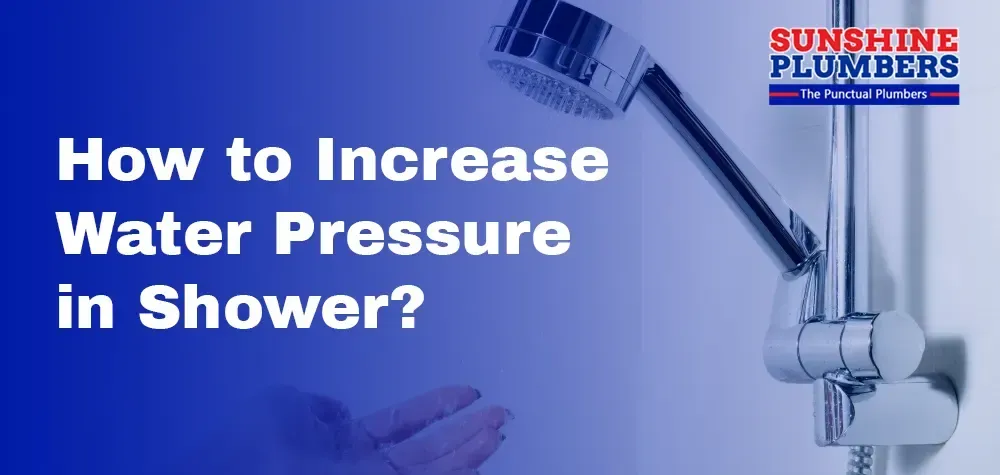How to Increase Water Pressure in Shower? Expert Tips and Tricks
Are you tired of stepping into your shower only to be greeted by a weak trickle of water? Low water pressure in the shower can be frustrating and can impact your overall bathing experience. But fear not! Sunshine Plumbers is here to help you remedy this common issue. In this comprehensive guide, we'll walk you through expert tips and tricks for increasing water pressure in your shower, ensuring a more enjoyable and invigorating bathing experience.
Understanding the Causes of Low Water Pressure
Low water pressure in your shower can stem from various underlying issues within your plumbing system. Here are some common culprits to consider:
- Clogged Showerhead: Over time, mineral deposits, sediment, and debris can accumulate within your showerhead, hindering the flow of water and resulting in decreased water pressure. This buildup is often caused by hard water, which contains high levels of minerals such as calcium and magnesium.
- Faulty Pressure Regulator: The pressure regulator is responsible for controlling the flow of water into your home from the main water supply line. If the pressure regulator malfunctions or is improperly adjusted, it can restrict the flow of water to your shower, leading to reduced water pressure.
- Corroded Pipes: Corrosion or mineral buildup within your plumbing pipes can constrict the flow of water, resulting in low water pressure throughout your home, including in the shower. This buildup can occur over time, especially in older homes with galvanized steel or copper pipes.
- Water Leaks: Undetected leaks in your plumbing system can divert water away from your shower, causing a drop in water pressure. Leaks can occur in various locations, including pipe joints, valves, and faucets, and may go unnoticed until they cause significant damage.
By understanding these common causes of low water pressure, you can better identify and address the underlying issues affecting your shower's water pressure. In the following sections, we'll explore effective solutions for increasing water pressure and restoring optimal performance to your shower.
Expert Tips for Increasing Water Pressure in Shower
- Clean or Replace Showerhead: Begin by thoroughly inspecting your showerhead for any signs of mineral buildup or debris accumulation. If you notice sediment or blockages, remove the showerhead and immerse it in a solution of vinegar and water overnight to dissolve the deposits. For stubborn buildup, gently scrub the showerhead with a toothbrush or use a pin to dislodge any trapped particles. If cleaning fails to improve water pressure, consider upgrading to a high-pressure showerhead specifically designed to enhance water flow and pressure.
- Check Pressure Regulator: Locate the pressure regulator within your home's plumbing system and assess its condition for any visible signs of damage or malfunction. The pressure regulator plays a crucial role in maintaining consistent water pressure throughout your home. If you suspect the pressure regulator is faulty, consult with a professional plumber to evaluate and potentially replace it. A properly functioning pressure regulator ensures optimal water pressure levels, including in your shower.
- Inspect Plumbing Pipes: Corrosion or mineral buildup within your plumbing pipes can obstruct water flow and contribute to low water pressure in your shower. To address this issue, enlist the expertise of a qualified plumber to conduct a comprehensive inspection of your plumbing system. The plumber will identify any corroded or blocked pipes and recommend appropriate repairs or replacements to restore optimal water pressure. Investing in pipe maintenance and repairs is crucial for ensuring uninterrupted water flow and pressure throughout your home.
- Repair Water Leaks: Undetected leaks within your plumbing system can divert water away from your shower, resulting in decreased water pressure and potential water damage. Perform a thorough inspection of your plumbing system, paying close attention to pipe joints, valves, and faucets for any signs of leaks. If you discover any leaks, promptly repair them to prevent further loss of water pressure and mitigate the risk of water damage. Addressing leaks promptly not only improves water pressure but also helps conserve water and reduce utility costs.
By implementing these expert tips for increasing water pressure in your shower, you can enhance your bathing experience and enjoy optimal water flow and pressure. For professional assistance with diagnosing and addressing low water pressure issues in your plumbing system, contact Sunshine Plumbers. Our team of
skilled plumbers is dedicated to providing effective solutions to meet your plumbing needs and ensure your satisfaction.




